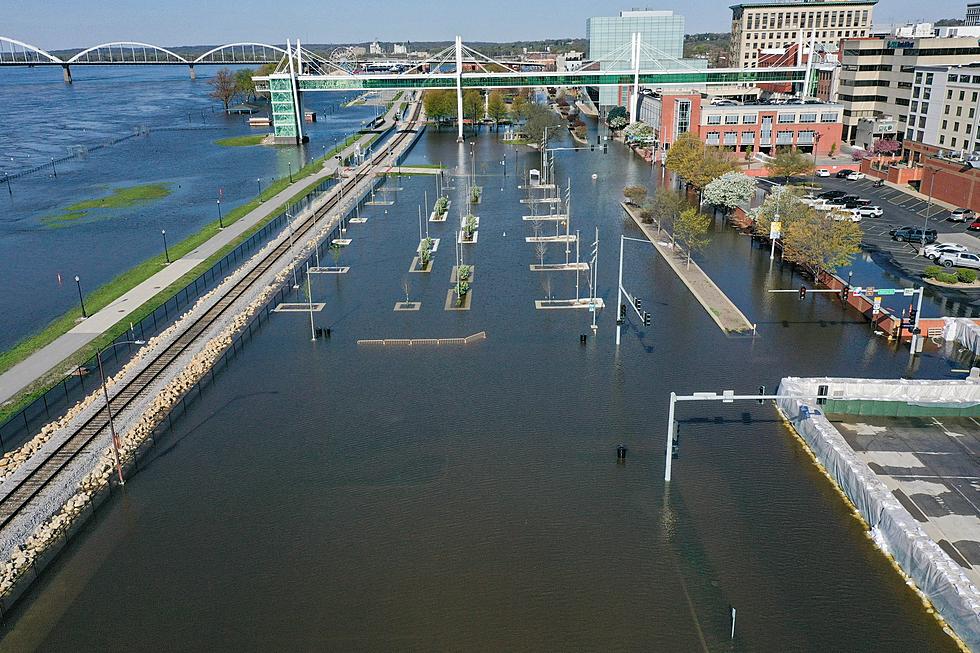
Iowa Will Have A Clear View Of This Year’s Next Once-In-A-Lifetime Cosmic Event
2024 has no shortage of rare events.
From cicadas emerging to the eclipse that no one would quit talking about, it's been a memorable year.
Some of us even saw the Northern Lights a few weeks ago, but this is pretty much the closest to them that I saw:
Meanwhile, astrologists are waiting for the next cosmic phenomenon expected any day now: the blaze star.
This phenomenon you will likely be able to see in Iowa pretty well if it's a clear night. Live Science says that the blaze star could ignite anytime between now and September.
When you're out at night, look towards the Big Dipper constellation (the one that looks like a big ladle). You'll see a little tail coming off of it with a really bright (probably red) star. That's the blaze star. The tail is called Corona Borealis. It will likely have the same brightness as the North Star.
The last time it was visible was 1946 so it really is a once-in-a-lifetime thing. It's thought to be on the brink of an explosion because it's been growing in brightness since 2015. You won't need a telescope to see it either as the explosion will definitely be big enough to see with the naked eye.
You'll have to catch this one just right. Experts don't have an exact date for the blaze star but it's likely going to be before the summer is over. It is something to keep an eye out for as you're outside at night this summer.
100 Interesting Facts About The Quad Cities You May Or May Not Know
Gallery Credit: Connor Kenney/Townsquare Media Quad Cities
Illinois Property Goes Viral For Being 'Like 7 Different Universes'
More From B100









